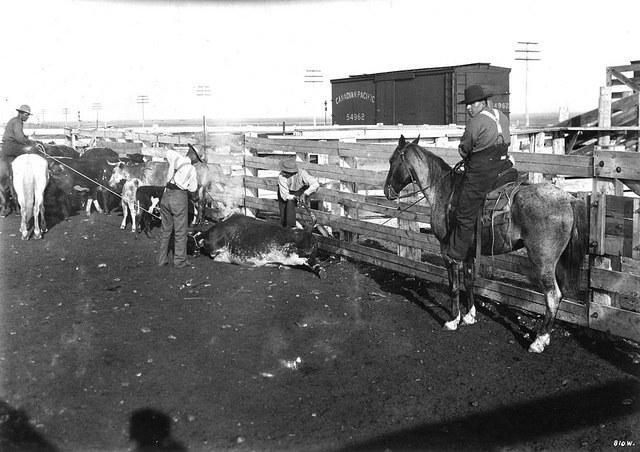
According to the Dutch banking giant Rabobank, one of the world’s largest lenders for the food and agriculture sector, meat consumption in the U.S. increased by 5 percent in 2015 -- the largest such increase since the 1970s. While Rabobank’s analysts say such growth was relatively flat for beef consumption, one of the beef industry’s competing trade groups, the National Chicken Council, suggests American beef consumption is on an uptick after years of decline, with another incremental increase most likely to occur next year.
Those numbers reverse decades of trends. After all, the rise of the poultry industry came at the expense of the beef industry and also of pork producers, which saw sales stagnate for years. Americans’ affinity for beef hit an all-time high in 1976, with per-capita consumption at 94.3 pounds. But over the years, that number continued to decline steadily, down to 53.9 pounds in 2015 before this recent boost.
Indeed, food trends -- including the popularity of low-carb diets, along with the success of new burger restaurant chains such as Five Guys and Shake Shack -- are helping to lift the U.S. beef industry from decades of flat-lined growth.
The reality, however, is that if U.S. beef sales recover and even continue to increase in the coming years, we can expect similar trends in developed countries and emerging economies alike. In fact, for several years the evidence made it clear that meat consumption in developing countries is tied to income growth.
While meat consumption increases, awareness of this industry’s impact on the planet, people and, of course, animals, is also on the rise. More consumers want the global meat sector to be more conscious of animal welfare, ensure that human rights are respected across its entire value chain, and mitigate environmental problems such as deforestation. Furthermore, as the world’s population increases to the oft-predicted 9 billion by 2050, there are countless questions as to how we can feed a hungry world using the same amount of resources while also meeting the surging demand for animal protein.
To that end, this week the Global Roundtable for Sustainable Beef (GRSB) held an international conference in a major beef-producing nation, Canada. This loose association of national sustainable beef councils says it met in Banff, Alberta, Canada, to reconcile localized approaches with the desire to ensure the industry can be more responsible and offer a global solution. One of the biggest challenges the association faces is its ties to deforestation, a problem many environmentalists pin on the beef industry, notably in Brazil but especially in Paraguay, an emerging beef power.
But according to GRSB’s executive director, Ruaraidh Petre, the links between land use and raising cattle are nuanced. Petre says the careful raising of cattle can actually provide a net environmental benefit and, in some cases, ranching makes more sense on the environmental front than raising many crops -- an argument he made to TriplePundit in the past.
As an effort to restore forests worldwide continues to gain momentum, the global beef industry must figure out how it can use the lands already available in a much smarter way – and how it can do its part to ensure beef producers do not continue deforestation that uproots communities and contributes to climate change. This is one way in which the industry can work to mitigate its climate change impact, as report after report urges people to reduce their meat consumption in order to slash the world’s food-related emissions.
The beef industry needs to tackle these problems if it wishes to preserve its business in the long term. After all, climate change is threatening to reduce worldwide yields of grain, which ranchers in North America covet during the last stages of cattle’s feeding cycle in order to score that marbling consumers in this part of the world want – a trend that most likely will spread to other countries in the future. Hence beef producers and retailers have to work together, and engage other industries across the global food supply chain. if they really want to show they can offer answers instead of only receiving criticism over their long-term impacts on the environment.
Image credit: Library and Archives Canada/Flickr
Disclosure: The GRSB has partially funded Leon Kaye’s trip to Alberta. Neither the author nor TriplePundit were required to write about the experience.

Leon Kaye has written for 3p since 2010 and become executive editor in 2018. His previous work includes writing for the Guardian as well as other online and print publications. In addition, he's worked in sales executive roles within technology and financial research companies, as well as for a public relations firm, for which he consulted with one of the globe’s leading sustainability initiatives. Currently living in Central California, he’s traveled to 70-plus countries and has lived and worked in South Korea, the United Arab Emirates and Uruguay.
Leon’s an alum of Fresno State, the University of Maryland, Baltimore County and the University of Southern California's Marshall Business School. He enjoys traveling abroad as well as exploring California’s Central Coast and the Sierra Nevadas.














